Pop quiz: A Day of the Dead (Día de los Muertos) celebration includes:
A) Dancing and drinking the night away in Christian Audigier at a party hosted by former Baywatch star “Jeremy Jackson.”
B) Plunging into pollo con mole negro and caramel flan at Diego’s Mexican restaurant inside the MGM.
C) Decorating sugar and ceramic skulls, taking food and flowers to loved ones’ graves, partaking of pan de muerto, singing and dancing to live mariachi bands, building elaborate ofrendas—altars—dedicated to the deceased and crafting satirical poems dedicated to the living.
The answer, of course, is C. Although you’re more likely to have heard about and visited the events listed in A and B, C describes the 7th annual Day of the Dead Festival held this past weekend at Winchester Community Center.
“Day of the Dead has become like Cinco de Mayo; people lose sense of what it means but are still celebrating it. ‘Cinco de Mayo! Cinco de Mayo!’ but they have no idea it is not about Mexico’s independence, it actually celebrates a famous battle fought against French invasion 50 years after Mexican Independence.” laments Irma Wynants, the coordinator of the annual Day of the Dead festival. “The reason, though, that Day of the Dead has become so highly commercialized is because it is so beautiful.”
The Mexican holiday known as Day of the Dead is, indeed, a visually arresting celebration. Based around the belief that on November 1 and 2 (All Saints’ and All Souls’ Days) the souls of the dead can visit the living, celebrants typically spend the evening in cemeteries where they create elaborate alters or ofrendas on the graves of departed family members with offerings of the things the deceased person enjoyed in life. Favorite foods and drinks are proffered, and the graves are decorated with candles and marigolds, which are believed to attract the souls with their pungent scent. Kids snack on candy skulls and the dead are recreated in small scenes featuring colorful skeletons in the poses of life – drinking at a neighborhood tavern, dancing or riding a bike around town. Conspicuously missing is an emotion many Americans relate to cemeteries: fear.
Day of the Dead celebrates life in death: the idea that although someone dies, they will live on in the memories of loved ones that will be passed on for generations. “People believe death is the only thing that is for sure, but instead of being afraid of it, we make fun of it.”
Wynants, from Zacatecas, Mexico, has lived in Las Vegas for over 20 years. In 2000 she visited the Lied Discovery Museum and saw Day of the Dead exhibits of ofrendas colorfully adorned with flowers, candles, pastries and pictures, and she thought of Mexico and her own Day of the Dead experiences as a child. She wondered if anyone was celebrating the holiday in Vegas, and went to the cemeteries, where Hispanic families traditionally spend the day visiting their loved ones’ graves, to find out. She discovered that Hispanic families in Las Vegas were celebrating separately, privately, in their homes. Wynants wanted to start something that would bring everyone together.
Now in its eighth year, the two-day celebration brought in thousands of people last weekend with a festival featuring pan de muerto (a traditional bread), an ofrenda contest and craft workshops on basket making, bracelet making, and decorating of sugar, clay and ceramic skulls. Three live mariachi bands also performed, as well as local dance troupes.
The festival also included a poetry contest with locals reciting original poems, called Calaveras (skulls), which are written about someone alive as a tongue in cheek eulogy. Satirical and humorous like a roast, they are often a chance to express pent up negative emotions towards politicians or public figures. Many contestants this year wrote about the presidential candidates, including the first place winner whose poem, in Spanish, included a conversation between John McCain and Barack Obama. This November, even the dead can’t avoid politics.
The first place calavera poem by Blanca Edith Gómez Ceballos:
Los Candidatos
La Calaca está de fiesta
Pues pronto se va a ejecutar
A dos candidatos ardientes
Que pronto van a pelear.
Obama le dice a McCain:
Impuestos voy a bajar
Para las familias pobres
Que hay en este lugar.
McCaine le contesta a Obama:
También yo voy a ayudar
La economía americana
Seguro voy a salvar.
No se hagan bola compadres,
Su tumba han de cavar.
El día de las elecciones
Uno de ustedes va a llorar.
Algunos están dudosos
Pues ya no creen en promesas
Y el día de las votaciones
Darán una gran sorpresa.
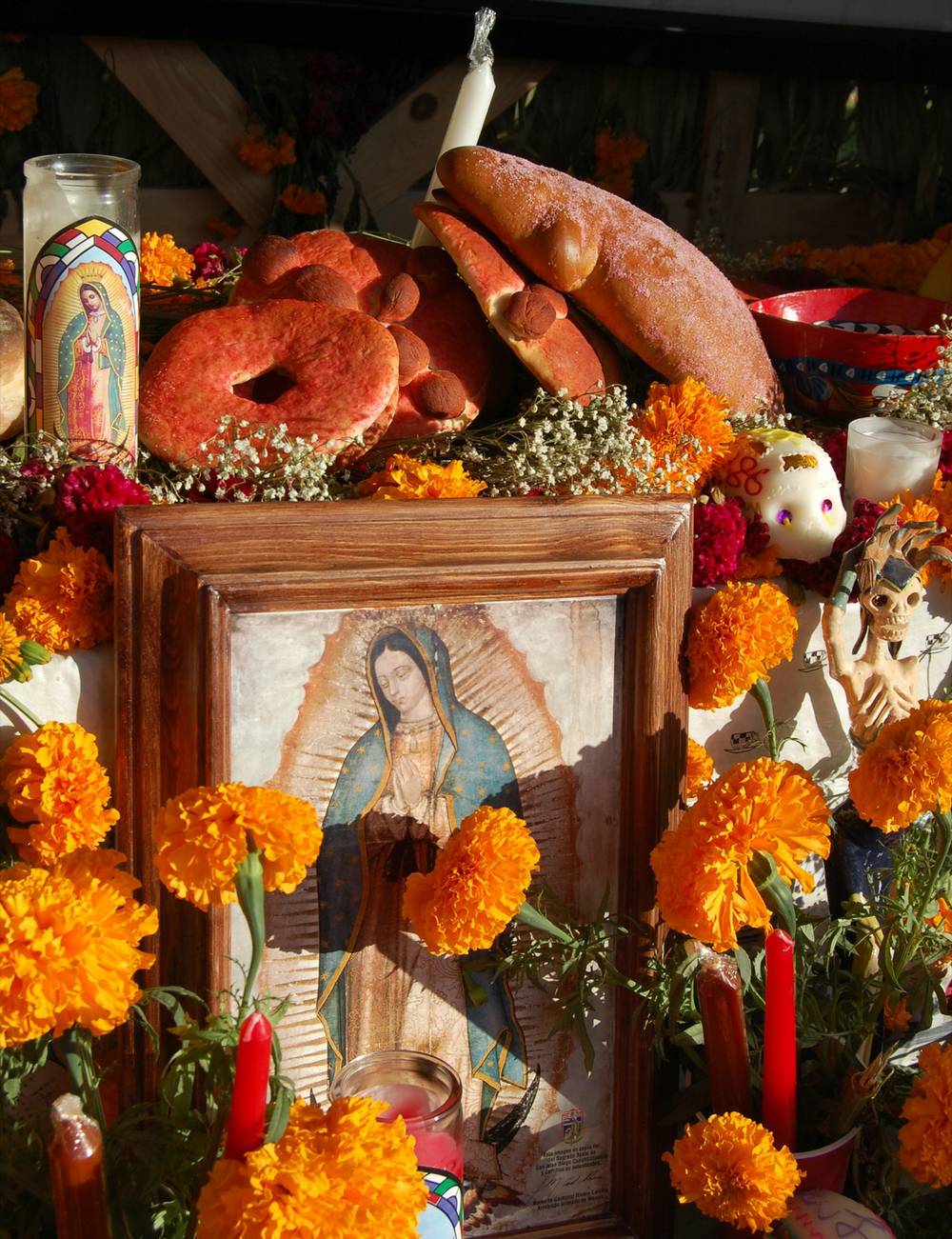
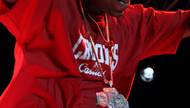
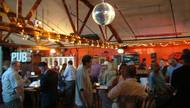
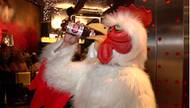
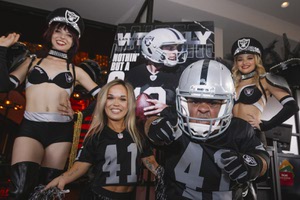
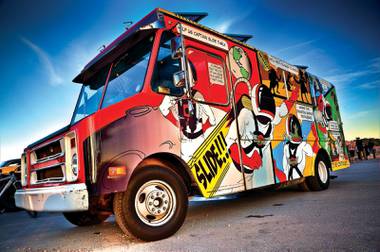
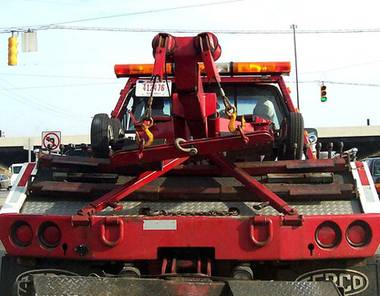
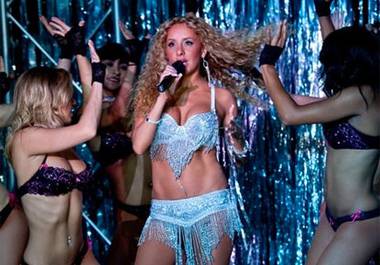
Previous Discussion: